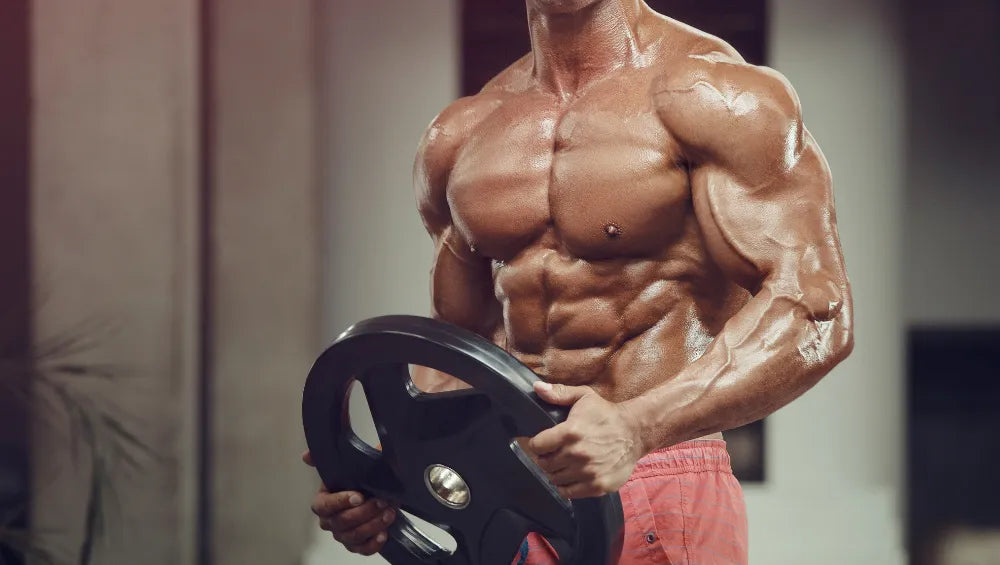Intentional muscle reduction may seem counterintuitive to the general trend in the bodybuilding industry, where the focus is often on strength and bulking. However, there are certain situations where muscle loss may be necessary, such as for medical, professional, or personal reasons. Whether for medical, aesthetic, or performance reasons in other sports where excess muscle can be a liability, understanding how to lose muscle is essential. Here’s a look at the various techniques and adjustments in diet and exercise that can help achieve this unusual but sometimes necessary goal.
Understanding Muscle Dynamics

When dealing with muscle loss, it is crucial to understand the role of muscle fibers and their interaction with other components of the body . Muscles grow in response to stimuli such as weight lifting, progressively increasing loads, and specific training protocols. To reverse this process, certain strategies can be implemented.
Muscle atrophy occurs when the volume of muscle tissue decreases, which can be caused by a lack of physical activity or a specific change in diet and lifestyle habits. Before initiating a muscle reduction process, understanding the physiological and biological foundations is essential to avoid harmful effects.
Changing the power supply
Diet plays a crucial role in shaping our bodies, including the size and health of our muscles. Reducing protein intake is a classic strategy to trigger a reduction in muscle mass. Protein is essential for the repair and growth of muscle fibers; reducing its intake therefore forces the body to catabolize existing muscle tissue to meet immediate energy needs, leading to muscle loss over time.
In this phase of muscle loss, also think about:
- Gradually decrease calorie intake each day.
- Promote foods rich in complex carbohydrates and fiber in your diet to maintain good metabolic functioning without promoting muscle hyperplasia.
Adjusting sports routines
Changing your exercise routine is also an effective way to lose muscle. Here's how to adapt your routine:
- Reduce the intensity of anaerobic exercises (less weight and more repetitions with less load)
- Increase cardio sessions to burn energy without building muscle or gaining fat
- Incorporate gentle, non-resistance physical activities
- Favor endurance exercises over strength exercises: Activities such as long-distance running, swimming or cycling, which do not excessively stress the muscles, can help reduce their
- Reduce the frequency of training: Spacing out sports sessions each week allows the muscle to gradually regress
Managing rest periods
Rest plays a major role in muscle mass management. Adequate rest between workouts can not only prevent muscle growth, but also contribute to the gradual reduction of existing muscle mass.
Sleep is essential for muscle and hormonal recovery, which influences muscle growth. A reduction in the quality and quantity of sleep can induce natural muscle atrophy. Similarly, stress management is essential because high levels of cortisol (the stress hormone) can also lead to the breakdown of muscle proteins. It should be noted that these techniques must be used with caution and awareness of the risks to overall health.
- Aim for 6 hours of sleep or less per night for a short period of time.
- Meditation and yoga to reduce stress and regulate cortisol.
Sports alternatives to replace weight training
For those accustomed to an intensive weight training rhythm, switching to less strength-focused sports can help in adjusting muscle volume:
- Yoga or Pilates: These disciplines emphasize flexibility, balance and gentle strengthening of muscles without adding bulk.
- Aerobic sports: These encourage endurance rather than pure power, helping to keep muscles fit without making them bigger.

Psychological considerations and motivation
Deliberately losing muscle mass can be a mental challenge for many, especially after spending months or years trying to gain it. Focusing on new fitness and aesthetic goals can help redirect that energy and maintain motivation.
How to Lose Muscle: In Summary
Although the majority seeks to increase muscle mass or lose fat in the field of bodybuilding , there are cases where reducing it is preferable or necessary. By judiciously manipulating diet , exercise routines and rest periods, it is possible to effectively control and decrease muscle mass. Stay attentive to your body 's signals and consult professionals to optimize your approach.








